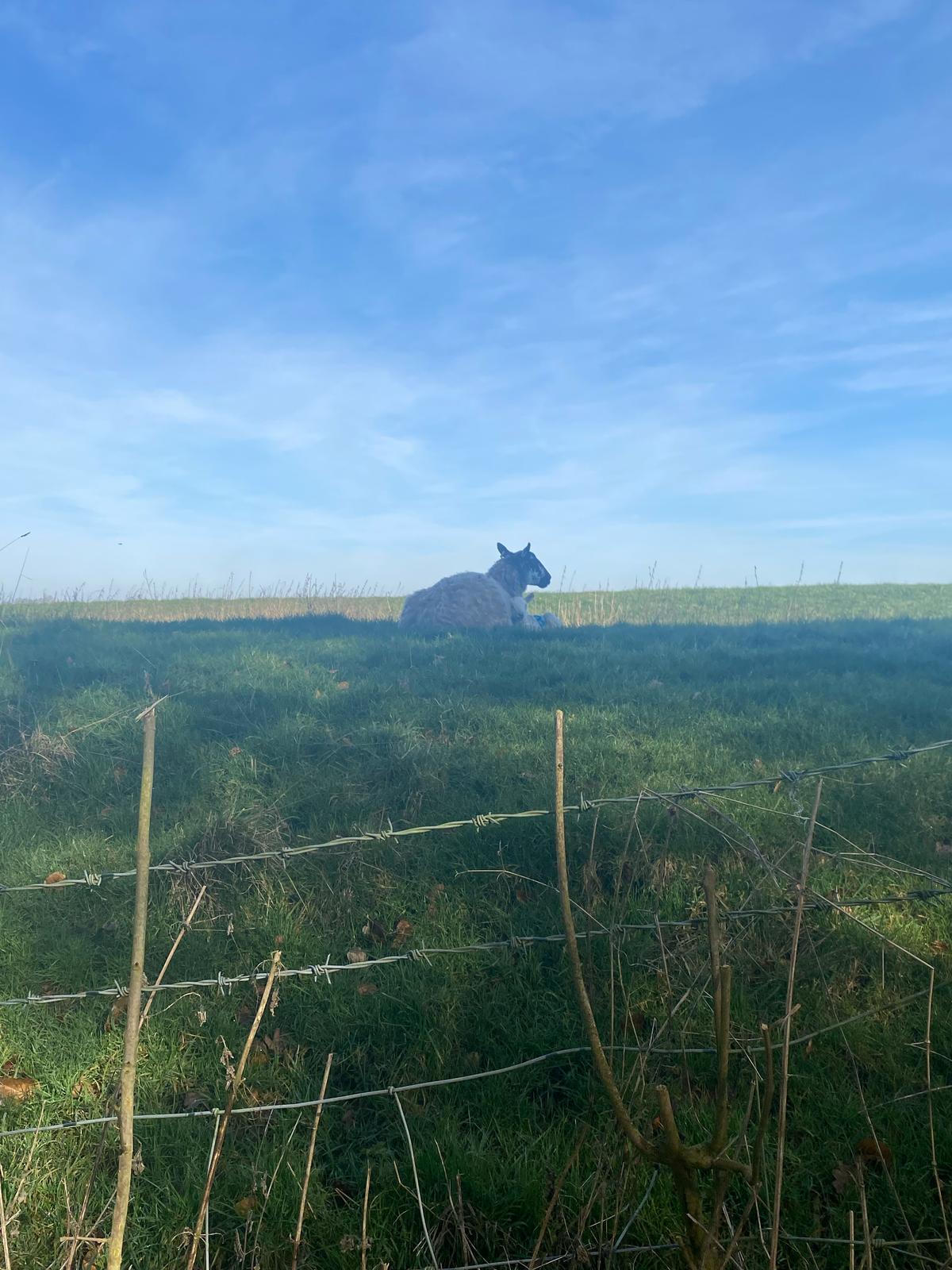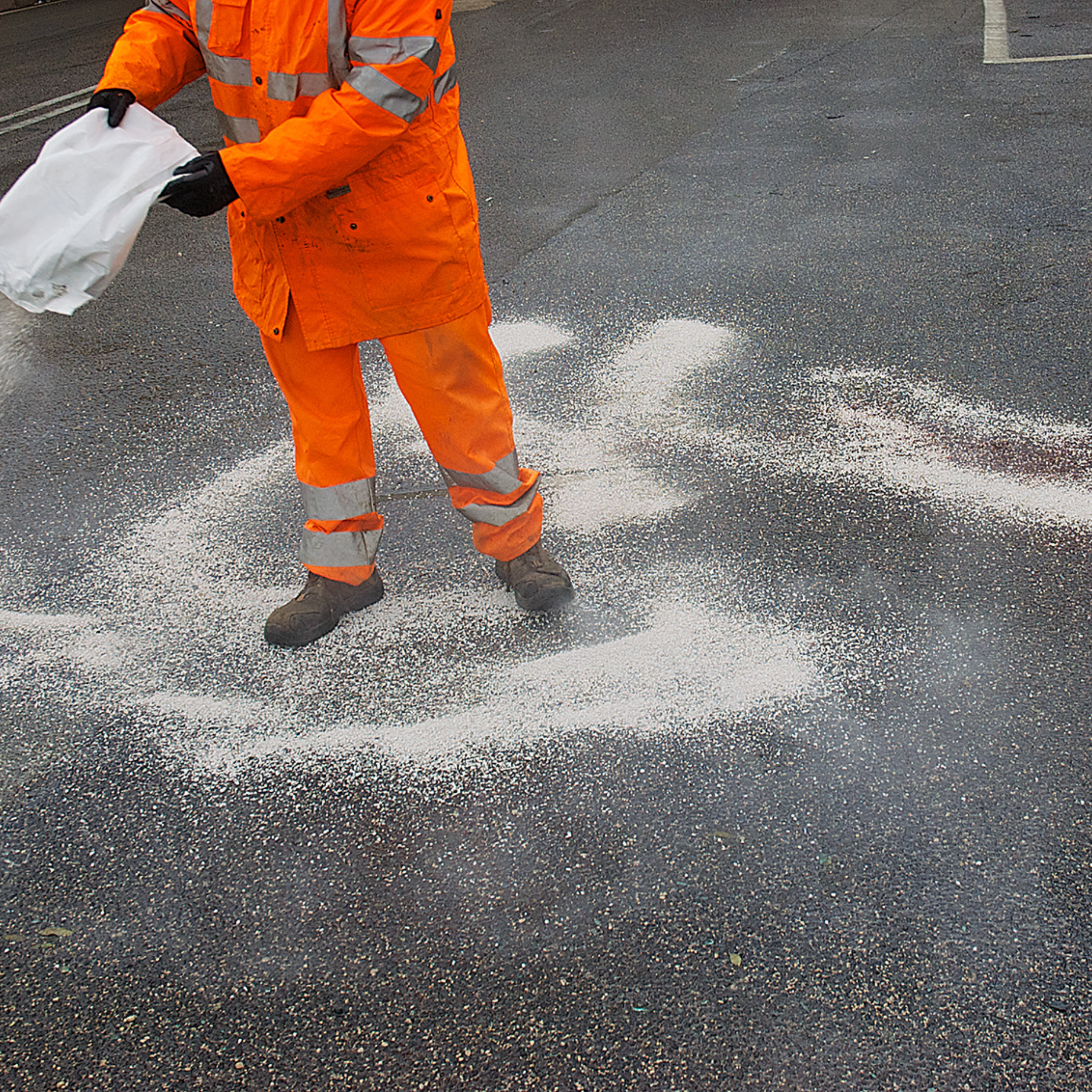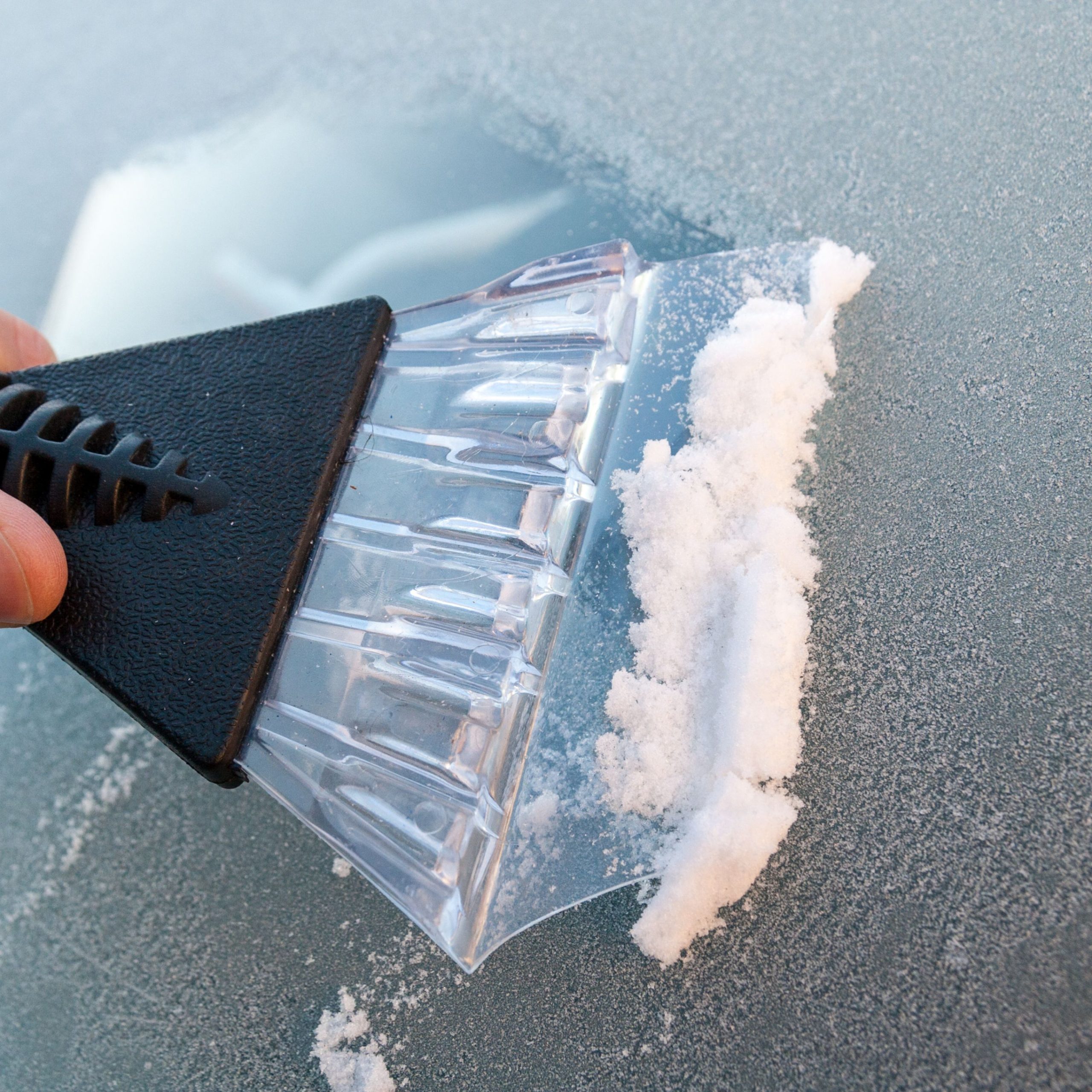In order to keep our roads safe, effective gritting is essential. However, it is not always clear who is responsible for gritting the roads. If you are here and reading this, it’s likely you are unclear about your responsibility. In this article, we will answer the question; who is responsible for gritting my premises?
Gritting is the process of spreading salt or grit on roads to prevent ice from forming and to melt existing ice or snow. This is an important process to ensure the safety of drivers, cyclists, and pedestrians during the winter months. A business must adopt year-round planning is part of being prepared. Essential gritting is carried out by local authorities, private companies and individuals.
Gritting responsibility refers to the responsibility of ensuring that roads are gritted in a timely and effective manner. This involves assessing weather conditions, determining when gritting is necessary, and carrying out the gritting process. Gritting responsibility can fall on a variety of different individuals or organisations. Depending on the particular road, the vehicle and footfall of an area and the condition of the surface it can be complex.
Who is Responsible for Gritting Roads?
The responsibility for gritting roads can vary depending on the type of road. For example, major roads are typically the responsibility of the government or relevant agency. Smaller side roads may be the responsibility of local councils, private individuals and businesses.
In some cases, responsibility may be shared between different organisations. It is important to check with your local council or relevant agency to determine who is responsible. This includes parking areas allocated for your staff or customers.
The Importance of Gritting Roads
Gritting roads is vital to ensure the safety of drivers, cyclists, and pedestrians during the winter months. Ice and snow can make roads extremely slippery and dangerous, increasing the risk of accidents and injuries. Effective gritting can prevent ice from forming and melt existing ice or snow, making roads safer for all users.
Stats
According to the UK Department for Transport, in the winter of 2019/2020, local authorities in England used a total of 1.5 million tonnes of salt for gritting roads. This represented an increase of 5% compared to the previous winter. In addition, during the winter of 2019/2020, local authorities in England carried out gritting operations on over 2.5 million km of road. These figures are of course concerning the main public roads and will help with things like the access roads to your site or high street store. However, they don’t reflect who is responsible for gritting your premises exactly.
The Cost of Gritting Roads
Gritting roads can be an expensive process, particularly for local authorities and other organisations with large areas of responsibility. The cost of gritting varies depending on factors such as the amount of salt used, the number of vehicles involved, and the size of the area being gritted. Weigh up the potential cost of accidents and injuries that could occur if roads are not properly gritted. This is why as a business it’s important to decipher the specifics of who is responsible for gritting your premises.
Challenges of Gritting Roads
Gritting roads can be a challenging process, particularly in areas with particularly harsh winter weather conditions. One of the main challenges is determining when gritting is necessary. This requires a careful assessment of weather conditions and the potential risks posed to road users. The process of gritting itself can be challenging, particularly in areas with heavy traffic or where access is limited.
Innovations in Road Gritting Technology
In recent years, there have been a number of innovations in road gritting technology. Some gritting vehicles now use GPS technology to ensure that gritting is carried out in the most efficient and effective manner possible. In addition, there have been developments in the type of salt used for gritting. Some authorities now use more environmentally-friendly alternatives.
Citizen Responsibility
While the responsibility for gritting roads may fall on local authorities or other organisations, citizens also have a role to play in ensuring that roads are safe. This can involve reporting any hazardous road conditions to the relevant authorities.
This citizen responsibly extends further if you are a business owner. It’s vital that as a business you investigate with your landlord or deeds to see exactly who is responsible for gritting your premises. If you are, you are under obligation to ensure that your land is safe for you, your staff and your customers not just morally, but contractually. Imagine if a member of your staff slipped and injured themselves from their car to the site front door. Maybe they need weeks off to recover, or maybe they sue for liability? The costs morally and financially could be huge.
Conclusion
In conclusion, gritting responsibility is a complex issue that involves a range of different individuals and organisations. While responsibility for gritting may fall on local authorities or large private companies, citizens and business owners also have a role to play in ensuring that roads are safe during the winter months.
Effective gritting is vital to prevent accidents and injuries. By working together, we can ensure that our roads are safe and accessible for all users, even during the coldest and snowiest of winters.
Ensure your staff and customers stay safe on the roads this winter by checking with your local council or relevant agency to determine who is responsible for gritting your premises.
Remember that effective gritting is vital to prevent accidents and injuries ensuring you are morally and legally covered for any financial costs associated with them.






